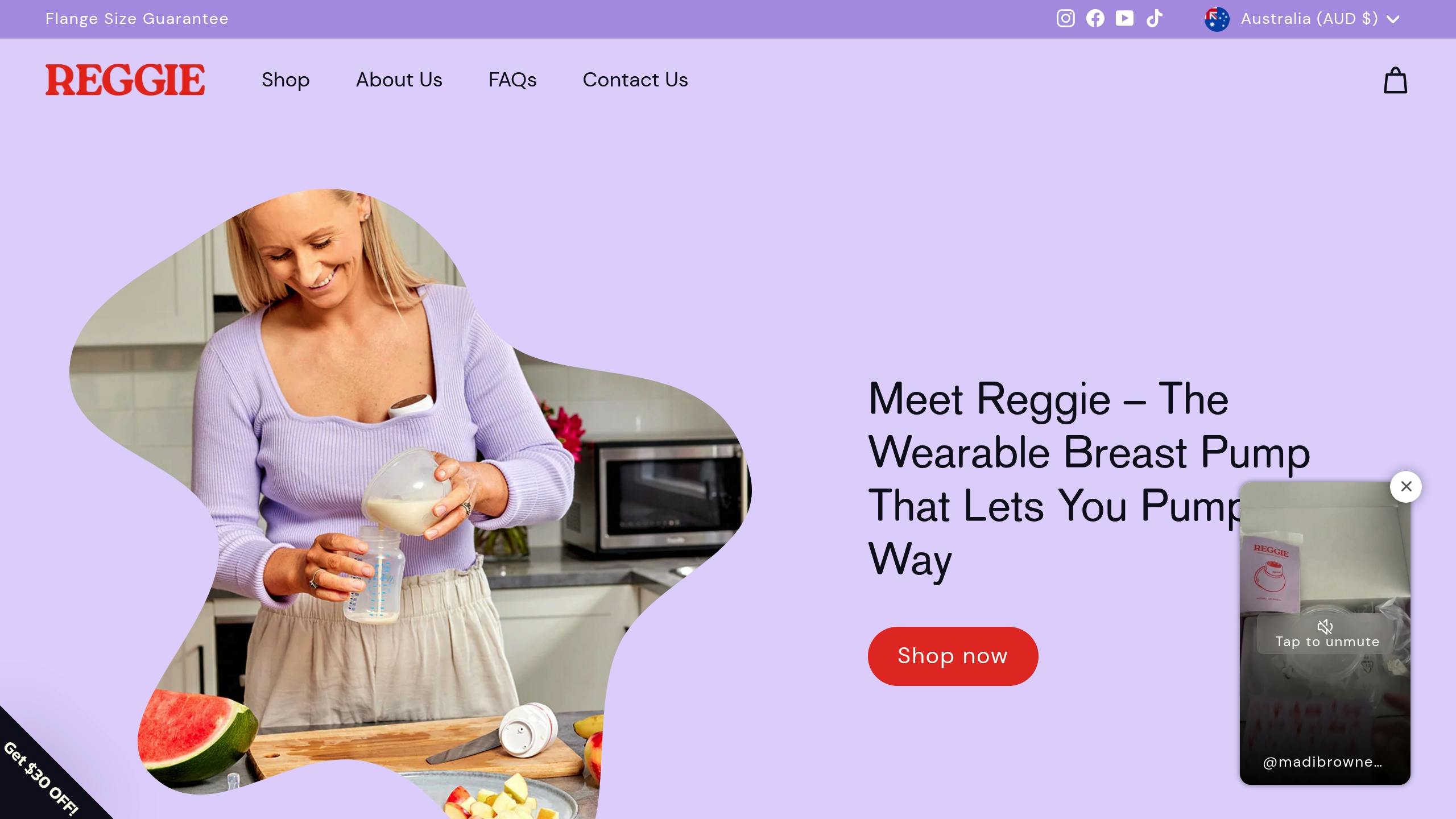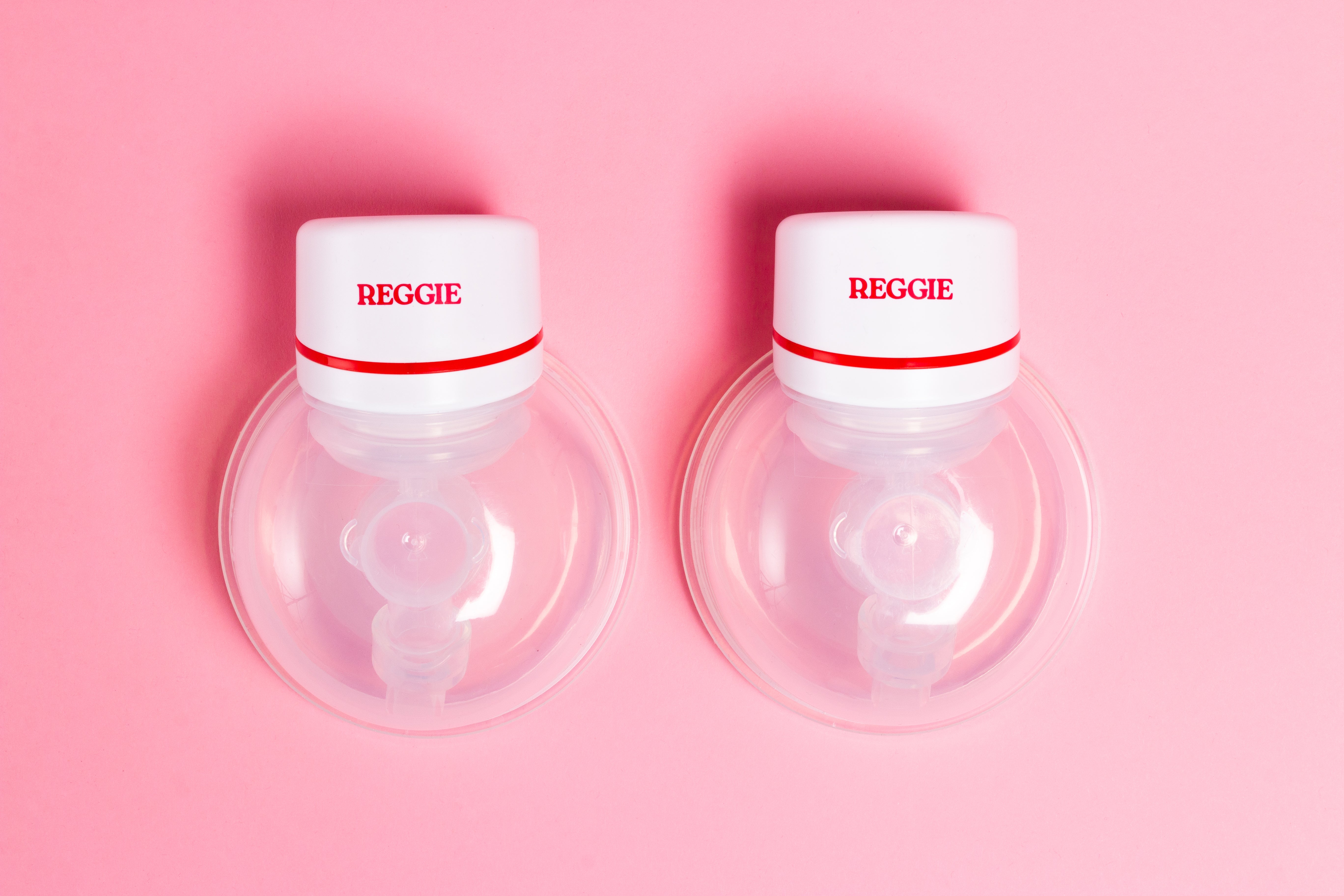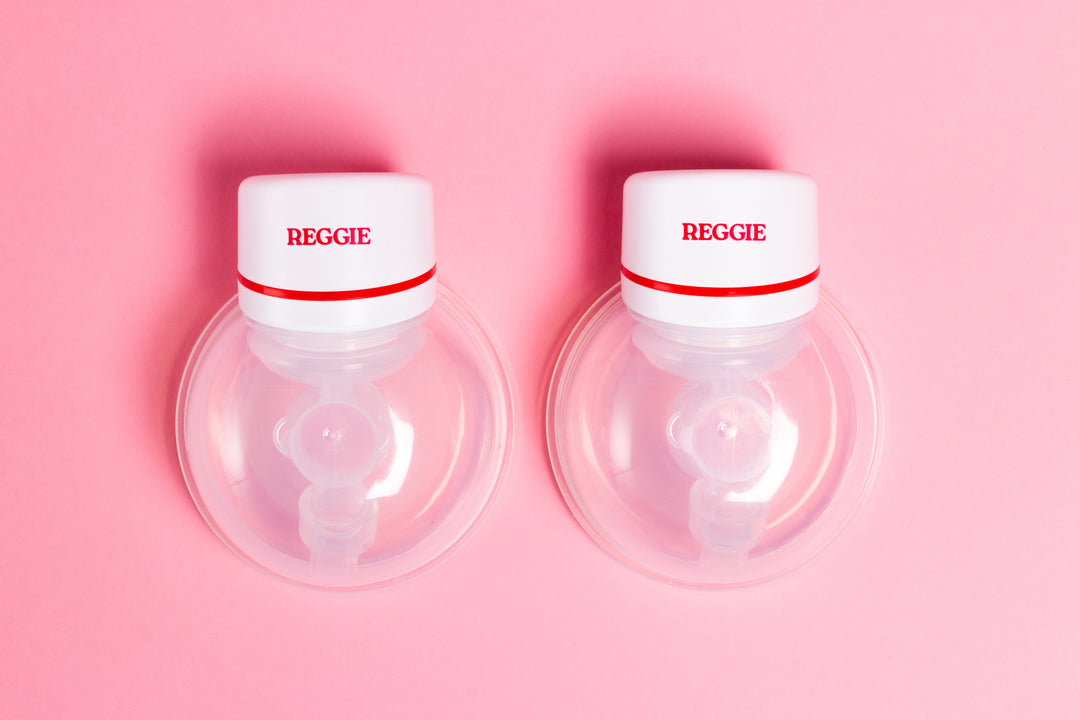Ultimate Guide To Breast Pump Drying And Storage
Keeping breast pump parts clean, dry, and properly stored is essential for your baby’s health and the pump’s longevity. Improper cleaning can lead to harmful bacteria growth, posing risks to your baby, especially if they have a weaker immune system. Here’s a quick summary of what you need to know:
- Cleaning: Rinse pump parts immediately after use, wash with warm soapy water, and sanitise daily (boiling, dishwasher, or manual methods).
- Drying: Air-dry parts thoroughly on a clean rack or paper towel. Avoid cloth towels to prevent germ transfer.
- Storage: Use sealed containers, mesh bags, or organisers to keep parts clean and dust-free. Always check parts for damage or residue before use.
- Maintenance: Inspect parts regularly for cracks, mould, or wear, and replace tubing if it gets wet.
Breast Pump Cleaning Basics
Properly cleaning breast pump parts is crucial to keeping harmful bacteria at bay. The National Center for Emerging and Zoonotic Infectious Diseases highlights the danger of bacteria thriving in breast milk residue left on pump components .
Health and Safety Risks
Breast milk’s natural defences weaken over time, making thorough cleaning essential. The main concerns include:
- Bacteria growing in leftover milk residue
- Risk of illness from contaminated milk
"Harmful germs can grow in breast milk (or its residues). You need to disinfect your pump properly so that milk does not become contaminated." - National Center for Emerging and Zoonotic Infectious Diseases
Basic Cleaning Steps
-
Rinse Immediately
After each use, rinse pump parts under cool water to prevent milk residue from drying . -
Wash Thoroughly
Clean parts in a dedicated basin with warm water and liquid dish soap. Rinse each piece with hot water for 10–15 seconds . -
Sanitise Properly
Method Process Duration Boiling Submerge in boiling water At least 5 minutes Dishwasher Use hot water or sanitising cycle Full cycle Manual Wash with hot, soapy water 10–15 seconds
Regular Part Checks
Inspect pump parts frequently for mould, cracks, worn valves, or residue buildup. The FDA advises cleaning all components that come into contact with breast milk after every use . For electrical components, wipe them down with a clean paper towel or soft cloth - avoid submerging them in water.
Let parts air dry on a clean paper towel or drying rack instead of using cloth towels. With cleaning covered, let’s move on to the best drying techniques.
How to Dry Pump Parts
After cleaning your breast pump parts, drying them properly is key for safe reassembly or storage.
Drying Methods Compared
Air-drying is the best option since it reduces the risk of germ transfer. Here's a quick look at common drying methods:
| Method | Pros | Things to Keep in Mind |
|---|---|---|
| Air-drying rack | Allows better airflow and keeps parts off surfaces | Needs counter space and regular cleaning |
| Paper towel | Hygienic if using a fresh, clean towel | Ensure parts are spaced out to dry fully |
| Dish towel | – | Avoid using due to the risk of germ transfer |
Products like the OXO Tot Bottle Rack ($36.99) and Philips Avent Drying Rack ($17.99) are great for keeping pump parts organised while they dry.
Steps for Thorough Drying
- Place cleaned parts on a drying rack or a clean paper towel in a well-ventilated area.
- If tubing shows condensation, run the pump briefly to clear it.
- Let all parts air-dry completely before putting them back together or storing them.
"Place all parts on a clean dishtowel in a clean area and allow to air-dry parts thoroughly. Do not use a dishtowel to rub or pat parts dry." - Megan Dean, registered nurse and lactation consultant at CHOC
Common Drying Mistakes to Avoid
- Leaving Parts Damp: Moisture can lead to mould, so ensure everything is completely dry before storing.
- Using Cloth Towels: Avoid using cloth towels to dry parts, as they can transfer germs.
- Overhandling: Minimise touching inner surfaces to prevent contamination.
- Tubing Issues: If tubing develops mould, replace it immediately. As Exclusive Pumping points out, "Spectra states that once tubing has gotten wet, there is no way to clean and sterilize it, and it should be replaced" .
For best results, investing in a drying rack can make a big difference. BabyGearLab's January 2025 review highlighted the OXO Tot Bottle Rack for its durability and ability to hold multiple pump parts effectively .
Storing Pump Parts
Properly storing dried breast pump parts helps maintain hygiene and ensures they last longer .
Storage Containers
Here are some effective storage options to consider:
| Storage Type | Best For | Key Benefits |
|---|---|---|
| Mesh Bags | Daily storage | Allows airflow to prevent moisture buildup |
| Sealed Containers | Long-term storage | Keeps dust out and ensures cleanliness |
| Cabinet Organisers | Multiple parts | Provides designated spaces for each component |
Products like the Pumpin' Pal Air-Dry Accessory Bag offer a dual-purpose solution with its durable drawstring mesh design, while the Breastmilk Bandit Premium Store & Dry Bag is another great option for keeping parts organised and well-ventilated.
Part Organisation
Keeping pump parts organised saves time and helps maintain their condition. Create a dedicated station for daily-use items, spare parts, and cleaning supplies. A multi-level system works well:
- Top level: Daily-use items like flanges and valves
- Middle level: Spare parts and accessories
- Bottom level: Storage bottles and cleaning supplies
To maximise space, consider using wall-mounted shelves or racks that also function as storage. These setups keep everything tidy without taking up counter space.
Pre-Use Checks
Before each pumping session, inspect your stored parts for the following:
- Cleanliness: Ensure there’s no dust or debris.
- Condition: Confirm that parts are dry and free of damage.
- Integrity: Look for cracks, tears, or wear - especially on valves and membranes.
- Assembly: Make sure all components fit together correctly.
Store pump parts in a designated area, away from kitchen activities and cleaning products. Use clear containers at eye level so you can easily spot when parts need replacing.
Next, explore best practices for breast milk storage to maintain safety and efficiency.
sbb-itb-08733ff
Breast Milk Storage Guide
Storing breast milk correctly helps maintain its quality and reduces waste.
Storage Time Limits
Temperature and timing are key to keeping breast milk safe. Stick to these guidelines:
| Storage Location | Temperature | Maximum Storage Time |
|---|---|---|
| Room Temperature | 77°F (25°C) or cooler | Up to 4 hours |
| Refrigerator | 39°F (4°C) | Up to 4 days |
| Freezer | 0°F (-18°C) | 6 months (best), 12 months (still okay) |
Leave about 2.5 cm of space in containers to allow for milk expansion when frozen. Store milk in small portions (60–120 ml) to make thawing easier and avoid waste.
Safe Milk Handling
Clean hands are a must when expressing or handling breast milk. Wash with soap and water, or use hand sanitiser with at least 60% alcohol if soap isn’t available .
"Safe storage guidelines aim to provide optimal preservation of the unique breast milk constituents, and prevent bacterial contamination." - Starship
Here’s how to handle milk safely:
- Use food-safe, tightly sealed containers.
- Don’t mix warm milk with cold or frozen milk.
- Cool freshly expressed milk before combining it with stored milk.
- Label containers with the date and volume of milk.
Once milk is safely stored, keep your supply organised with a rotation system.
Milk Rotation System
Using the FIFO (First In, First Out) method ensures older milk is used first. Dedicate one day a week to use your oldest frozen milk.
Tips for staying organised:
- Lay milk bags flat to save freezer space.
- Use clear bins to sort milk by date.
- Place older milk at the front for quick access.
- Keep a simple log of pumping dates.
For working mums: Store expressed milk in the fridge for current use and keep about 350 ml of frozen milk as a backup. When using frozen milk, thaw the oldest supply first and use it after any fresh milk .
Reggie Baby Products

Reggie Baby takes the hassle out of pump maintenance with smart design features that simplify drying and storage for busy mums.
The Reggie Baby wireless pump eliminates external cords and tubing, making it easier to clean and sterilise. Designed to fit comfortably inside a nursing bra, this hands-free pump allows for effortless use while reducing the number of parts that need cleaning.
Why Cleaning Is Easier
- Fewer parts to clean and dry
- No external tubing to sterilise
Available Accessories
Reggie Baby offers a selection of accessories to support easy maintenance and enhance your pumping experience:
| Accessory | Price (AUD) | Purpose |
|---|---|---|
| Flange Inserts | $12 | Multiple sizes for a better fit |
| Collection Cup | $15 | Extra milk storage |
| Replacement Valve | $10 | For routine maintenance |
| Silicone Diaphragm | $10 | Key pump component |
Product Features
The pump is designed with hygiene and simplicity in mind. Clean all parts that come into contact with milk using warm, soapy water, and let them air-dry on a clean surface. Hand washing is preferred over dishwashing to avoid detergent residue. Regularly check valves and diaphragms for wear to ensure the pump stays in top condition while maintaining hygiene standards.
Conclusion
Taking proper care of your pump is essential for keeping your baby safe and healthy. By sticking to proven methods for cleaning, drying, and storing pump parts, you can help preserve milk nutrients and avoid harmful bacteria.
Here are some key tips:
- Rinse parts right after use to prevent milk residue from drying.
- Let parts air-dry completely to avoid mould growth.
- Store in sealed containers to keep out dust and germs.
- Sanitise daily, especially if your baby is a newborn or has a weakened immune system.
These simple steps protect both your pump and your baby’s health. For a more convenient routine, consider Reggie Baby's wireless pumps, which are designed with fewer parts to clean and maintain. As Sophie Pearce shares:
"I have loved how easy it is to use, clean, and pump on the go. I find it really subtle, really quiet when I'm out and about. It's so nice not to have to sit next to a powerpoint at a wall to pump" .
The CDC also reminds parents of the risks associated with improper cleaning:
"Harmful germs can grow in breast milk (or its residues). You need to disinfect your pump properly so that milk does not become contaminated" .







Leave a comment